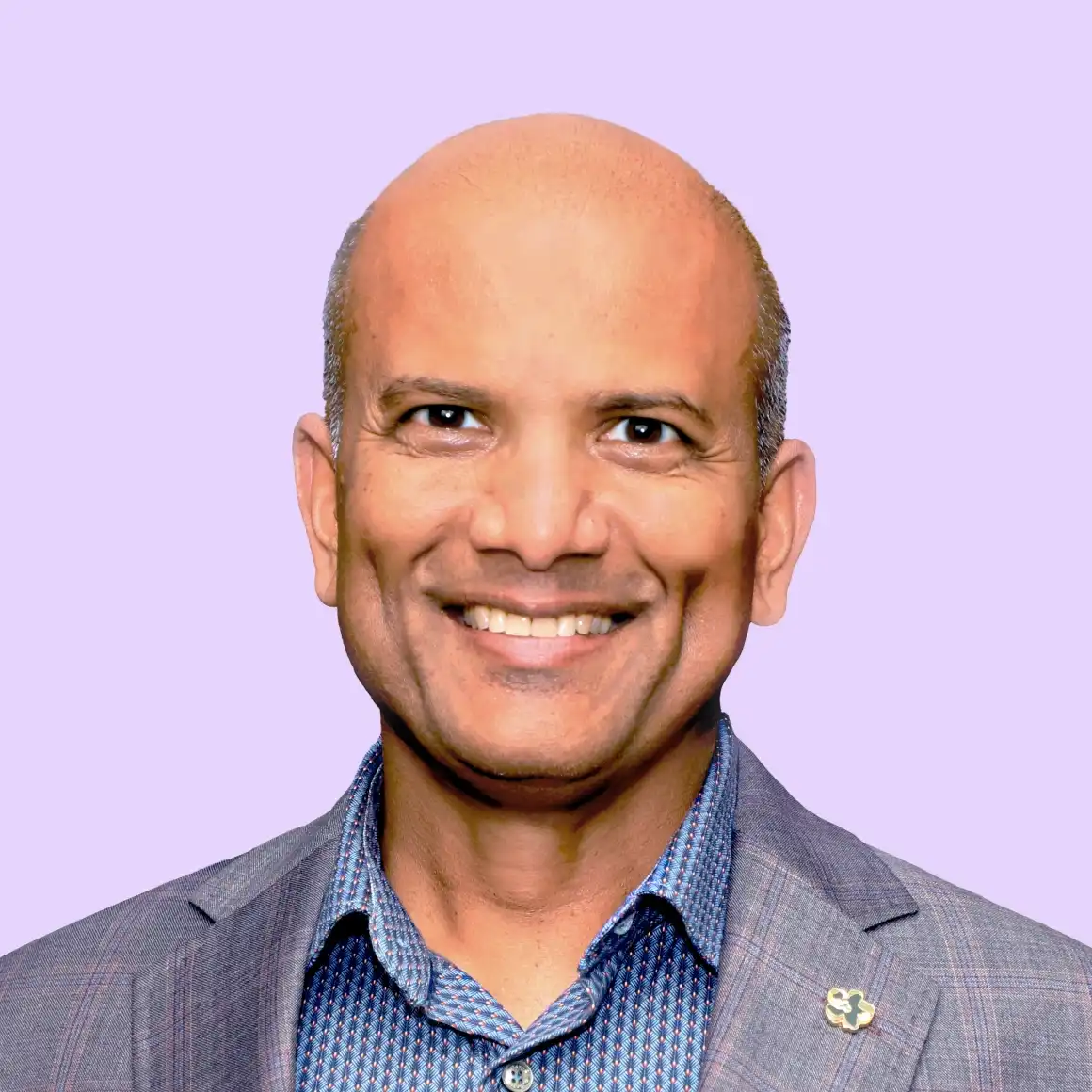10 Customer Service Statistics for Call Center Supervisors

By Shauna Geraghty
0 min read

There’s a wealth of market research out there about today’s customer — from the communication channels they prefer to how they rate each industry’s customer experience. With so much information available, how do you know which statistics to really hone in on? Allow us to help you out.
Below are 10 customer service statistics that every call center supervisor should know:
1. 78% of consumers have bailed on a transaction or not made an intended purchase because of a poor service experience (American Express)
There’s been plenty of talk in the industry for years that the quality of a product is second to the service provided by a company. That is, you can have the best offering in the market — and perhaps at the lowest price point — but if you have subpar customer service, your target market will still flock to your competitors.
2. On average, loyal customers are worth up to 10 times as much as their first purchase (White House Office of Consumer Affairs)
It is well-understood that the cost of acquiring a new customer is considerably more than the cost of retaining an existing one. In addition, existing customers are much more likely to continue to engage in business with your brand through upsell and cross-sell opportunities. To retain your existing customers, invest in best-in-class CRM software, cloud call center software and customer-profiling technologies so you can treat your loyal customers with the level of attentiveness and personalization that they crave.
3. 58% of Americans perform online research about the products and services that they are considering purchasing (Pew Research Center’s Internet and American Life Project)
The sentiment circling your brand — and the amount of readily accessible information out there about your company — can have a direct affect on your company’s profitability. For instance, if online forums are filled with consumer complaints about your excessive hold times and novice agents, you may be losing customers before you ever talk to them yourself.
4. Consumers prefer the following channels: phone (61%), email (60%), live chat (57%), online knowledge base (51%) and “click to call” support automation (34%) (eConsultancy)
Today’s consumer is searching for multichannel support from brands. So, while it’s still important to maintain a strong phone presence (with trained, polite call center agents and crystal-clear audio quality), it’s equally important to demonstrate brand consistency across other channels. For instance, the level of attentiveness your customers receive on the phone should be the same as via live chat.
5. 65% of companies provide effective tools and training to their agents to gain trust with their customers (Peppers and Rogers Group)
There are a myriad of call center software tools that can assist with training, such as call monitoring, reporting and tracking. By leveraging call recording, for instance, newer agents can listen to interactions with veteran agents to identify proven strategies and best practices for customer engagement.
6. According to consumers, customer service agents failed to answer their questions 50% of the time (Harris Interactive)
Being on hold for a prolonged period of time is enough to irritate your consumers. Once they are finally connected to an agent, however, their irritation will grow significantly if their question cannot be answered. As such, the ability for call centers to achieve first call resolution is paramount in keeping happy customers.
7. A third of consumers believe that businesses are now paying less attention to providing good customer service (Echo 2012 Global Customer Service Barometer)
Whether this is true or not, it is now imperative that brands deliver a heightened level of customer service. From having well-trained agents to robust technologies that offer customer support, today’s brands need to show a commitment to their target market when it comes to superior service.
8. 75% of customers believe it takes too long to reach a live agent (Harris Interactive)
Though a number of consumers want to automate their customer journey, a strong majority still prefer assistance from a live agent. Accordingly, it’s imperative for call centers to invest in the right call center software tools — think Interactive Voice Response (IVR) systems, auto attendants, skills-based routing and call forwarding—to ensure that customers can reach agents expediently.
9. 80% of companies say they deliver “superior” customer service while only 8% of customers feel the same (Lee Resources)
With such a discrepancy between company and consumer perception, it’s critical that today’s call centers check their call reporting metrics frequently. Supervisors should take a look at qualitative and quantitative data (think online reviews and hard numbers like average call handle time) to see if the data suggests strong or weak customer service.
10. Americans tell an average of nine people about good experiences and 16 about poor experiences (American Express)
Your customer service shortcomings will linger in a customer’s memory for a long time. Worse yet, they are likely to spread word of your limitations to their peers. So place extra priority on stellar customer service to diminish the likelihood of negative online reviews.
Did we miss one of your favorite statistics? Let us know in the comments below and be sure to check back on our blog in the coming months as we continue to round up the most compelling customer service figures!
Data for this story was aggregated from Help Scout, InfinitContact and Salesforce.

37 Techniques to Achieve Excellent Customer Service








